Energy drinks have reached new market heights, but they all rely on caffeine or other stimulants. But what if someone doesn't want a stimulant? Beta-hydroxybutyrate (BHB) is the breakthrough ingredient needed to create truly effective stimulant-free energy drinks, offering clean, sustained energy without the downsides of caffeine.
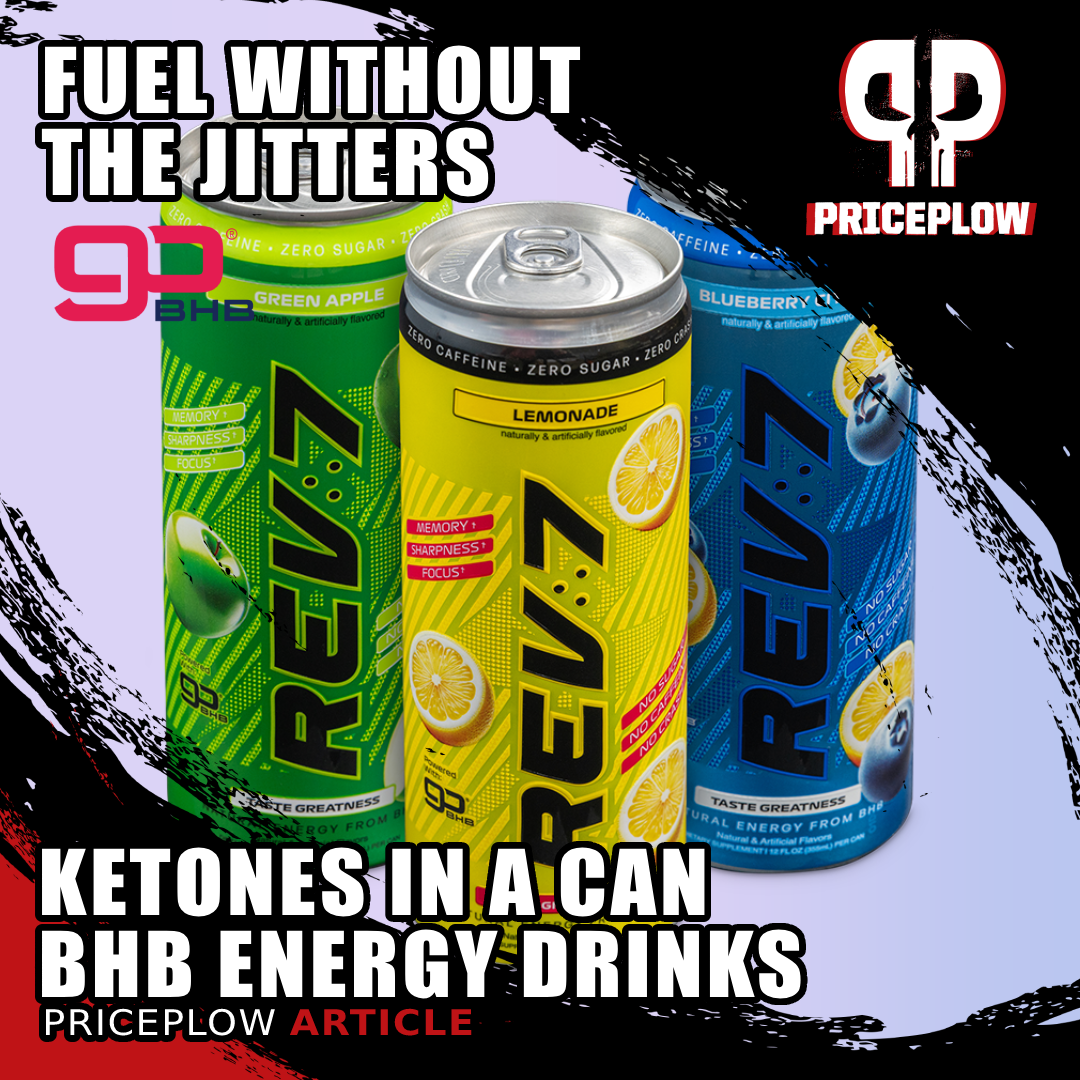
Could BHB be the answer to caffeine-free energy? Research shows beta-hydroxybutyrate provides actual cellular energy WITHOUT stimulants and may even improve sleep quality. The breakthrough ingredient energy drinks have been missing.
For decades, energy drinks have dominated the functional beverage market with their stimulant-based formulas. Proof is in the pudding -- we've seen multiple acquisitions of energy drink companies in the billions of dollars the past few years!
But if you've ever cracked open a can at 3PM for a productivity boost, you probably know what's coming next: poor sleep quality, leading to the need for more energy the next day! And like that, you've witnessed our society's dependence on caffeine for energy. This is one of modern society's negative feedback loops that healthy individuals need to break.
So what about consumers who want energy without stimulation? What about the evening hours when caffeine is a bad idea? The market is clearly missing something, and we're not talking about bottled water.
The caffeine-free "energy" category has seen a few failed attempts – remember VPX's caffeine-free Bang? These products typically rely on B vitamins, amino acids, and marketing instead of ingredients that actually provide real, cellular energy. The result? Underwhelming products that don't deliver on their energy promises.
We need something more than a tasty beverage or soda.
Now what if there was a way to deliver actual energy... without stimulants? This is where beta-hydroxybutyrate (BHB) enters the picture.
The Stimulant-Free Energy Market: A Gap Waiting to Be Filled
The functional beverage market continues expanding, with consumers increasingly seeking cleaner, more sophisticated options. According to market research, products promoting benefits without negative side effects are driving growth across all age demographics. Besides caffeine-based energy, we're seeing more beverages geared towards gut health and stress relief, but the stim-free energy category is still wide open.
Unfortunately, most "caffeine-free energy" products suffer from a critical flaw: they don't provide actual energy. B-vitamins may support energy metabolism, but don't create energy themselves, and they are often dosed to excess. Amino acids might offer mild benefits, but they're far from the immediate, experiential energy kick consumers expect.
This leaves several unfilled consumer needs:
- Afternoon/evening energy without sleep disruption
- Clean energy for stimulant-sensitive individuals
- Options for athletes who cycle off caffeine
- Energy for recovery periods when stimulation is contraindicated
These gaps represent a massive opportunity for innovative beverage manufacturers willing to venture beyond traditional stimulants.
Understanding BHB: The Fourth Macronutrient
Beta-hydroxybutyrate (BHB) is often called the "fourth macronutrient" after proteins, carbohydrates, and fats. It's the primary ketone body naturally produced when the body enters ketosis -- whether through fasting, exercise, or a ketogenic diet.[1]
But you don't need to fast or be on a keto diet to take advantage of ketones.
When consumed exogenously (from an outside source), BHB provides a readily accessible alternative fuel source for the brain and body. Unlike glucose, which requires significant processing before cellular utilization, BHB directly enters the mitochondria for energy production, bypassing several metabolic steps.[2]
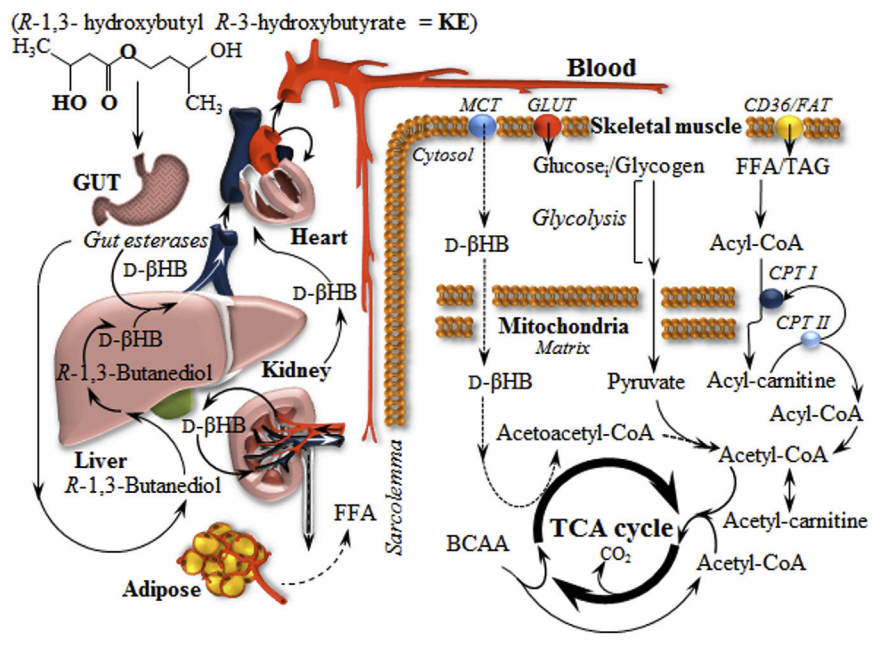
The comprehensive metabolic journey of exogenous ketones, showing how ketone esters break down in the gut into D-BHB and butanediol before entering circulation. The diagram illustrates how BHB provides direct cellular energy via mitochondrial pathways.[2]
For beverage applications, the free acid form of BHB (rather than BHB salts) is superior for several reasons:
- No mineral load (salts contain sodium, potassium, or calcium)
- Pure D-isomer delivery (vs. racemic DL-BHB in many salts)
- Flavor that works with typical energy drink sweet/tart flavor systems
- Faster absorption and utilization
The BHB market has matured significantly, with high-quality ingredients like goBHB from Ketone Labs leading innovation in this space. These purified ingredients allow for clean, effective delivery of BHB in various formats, including carbonated beverages.
The Science Behind BHB for Energy Without Stimulation
Unlike caffeine, which primarily works by blocking adenosine receptors to create a perception of energy, BHB provides actual cellular energy through direct metabolism.
When consumed, BHB enters the bloodstream quickly, reaching peak levels in 30-60 minutes.[3], Once in circulation, it's transported into cells, then directly into mitochondria where it's converted to acetyl-CoA to fuel the TCA cycle. This generates ATP, the body's "energy currency".
Research published in 2016 showed that ketones provide a more efficient energy source compared to carbohydrates alone, improving metabolic flexibility and performance.[2] This efficiency comes from several mechanisms:
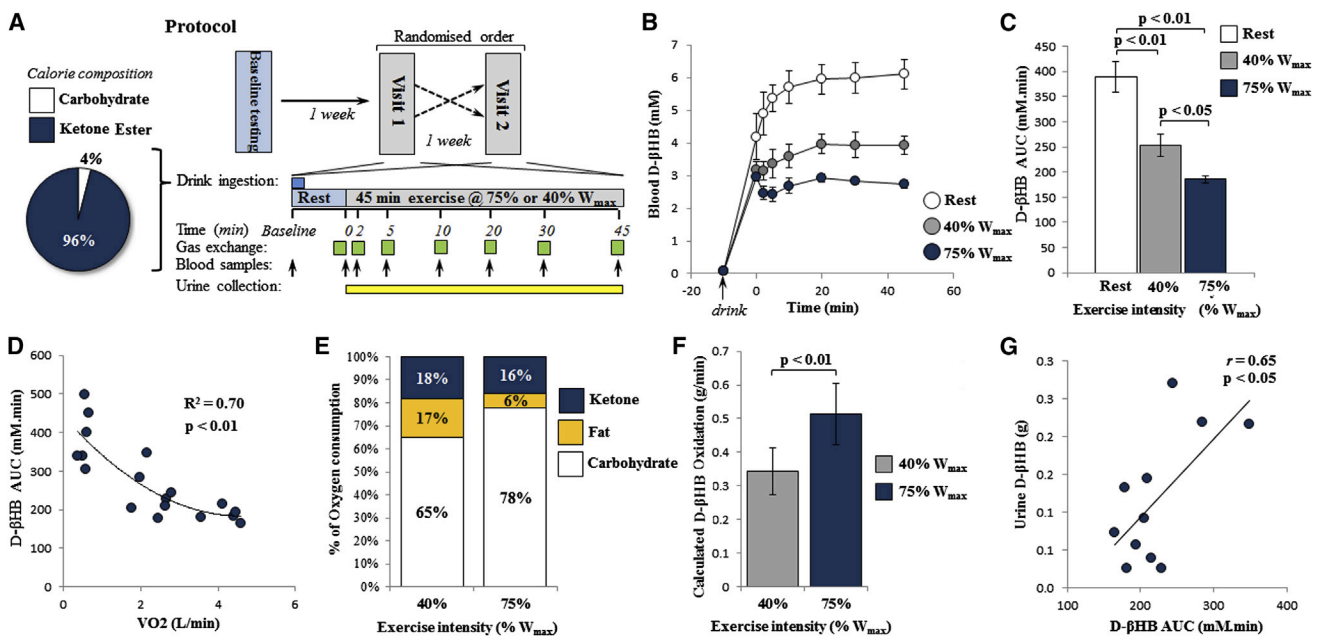
Higher exercise intensity increases D-BHB clearance from the bloodstream, with 75% maximum exercise utilizing ketones more efficiently than moderate 40% effort. This demonstrates how the body prioritizes ketones as fuel during various activity levels.[2]
- Higher energy yield per unit oxygen compared to glucose
- Reduced production of reactive oxygen species
- More efficient ATP generation in the electron transport chain
- Sparing of muscle glycogen
The result is smooth, sustained energy without the cortisol and adrenaline spike associated with stimulants. Users typically report a clear-headed, focused energy state rather than the jittery "buzz" of caffeine.
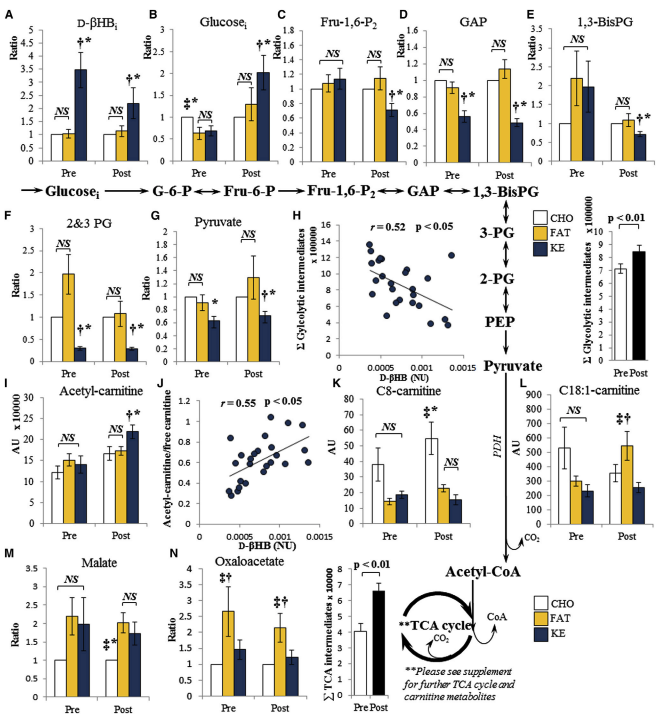
Glycolytic and TCA cycle intermediates respond differently to carbohydrate, fat, and ketone supplementation. Ketone ingestion uniquely affects muscle metabolism, potentially improving energy efficiency during demanding physical activities.[2]
The best part, though? It can be used alongside glucose -- read our article titled "DUAL FUEL: Combining Ketones and Carbs for Rocket Performance" to learn more about the performance benefits of doing so.
BHB also influences metabolic signaling beyond direct energy provision. It decreases circulating free fatty acids and can lower blood glucose,[3] creating a metabolic environment that many find conducive to focus and sustained performance.
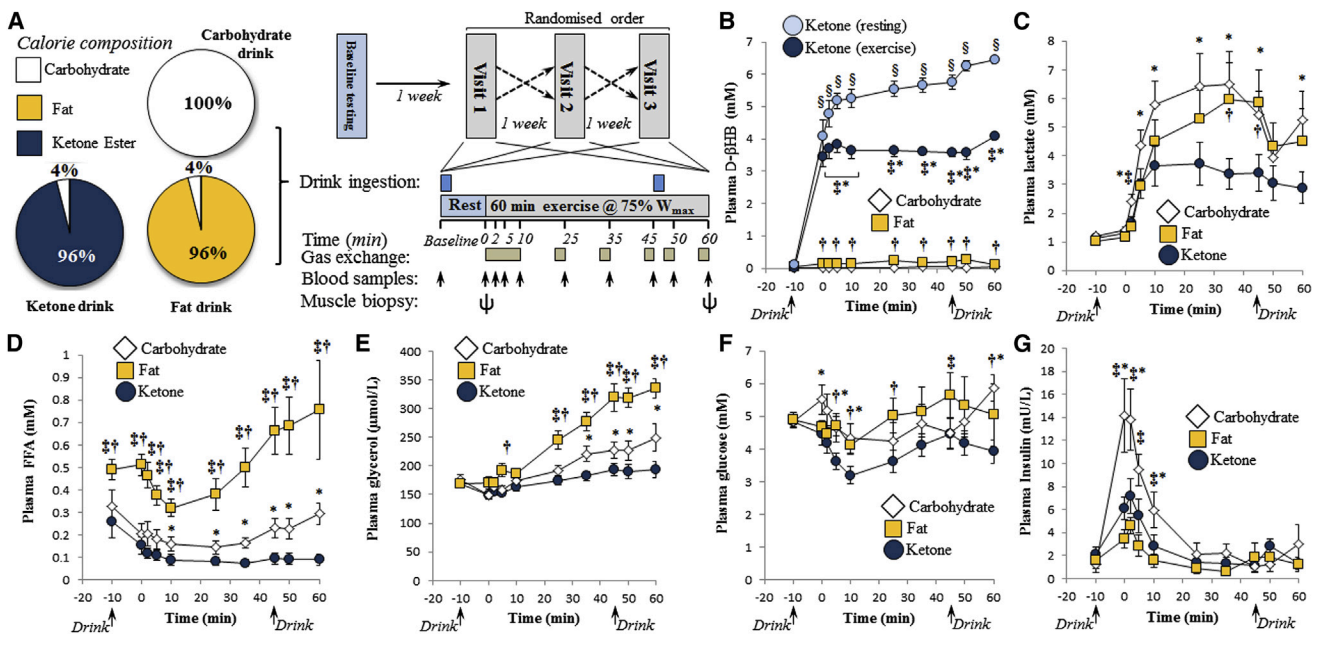
Ketone supplementation creates a unique metabolic profile compared to carbohydrates or fats alone, maintaining higher D-BHB levels while moderating lactate production. This shows how ketones can complement traditional energy substrates during physical activity.[2]
Sleep-Friendly Energy: The Unexpected Benefit
But the most surprising aspect of BHB is that it doesn't just provide energy -- recent research shows that it can improve sleep quality when taken regularly, and it doesn't even require large doses to do so!
A 2025 randomized, double-blind, placebo-controlled study found that daily supplementation with D-BHB significantly improved multiple sleep parameters in adults experiencing temporary fatigue and poor sleep.[4]

Research from Japan reveals how D-β-hydroxybutyric acid supports better sleep in healthy adults after just two weeks of supplementation. This compound works with the body's natural systems to enhance sleep quality without sedative effects.[4]
The study found four key improvements in participants consuming either 1.5g or 2.9g of D-BHB daily for two weeks:[4]
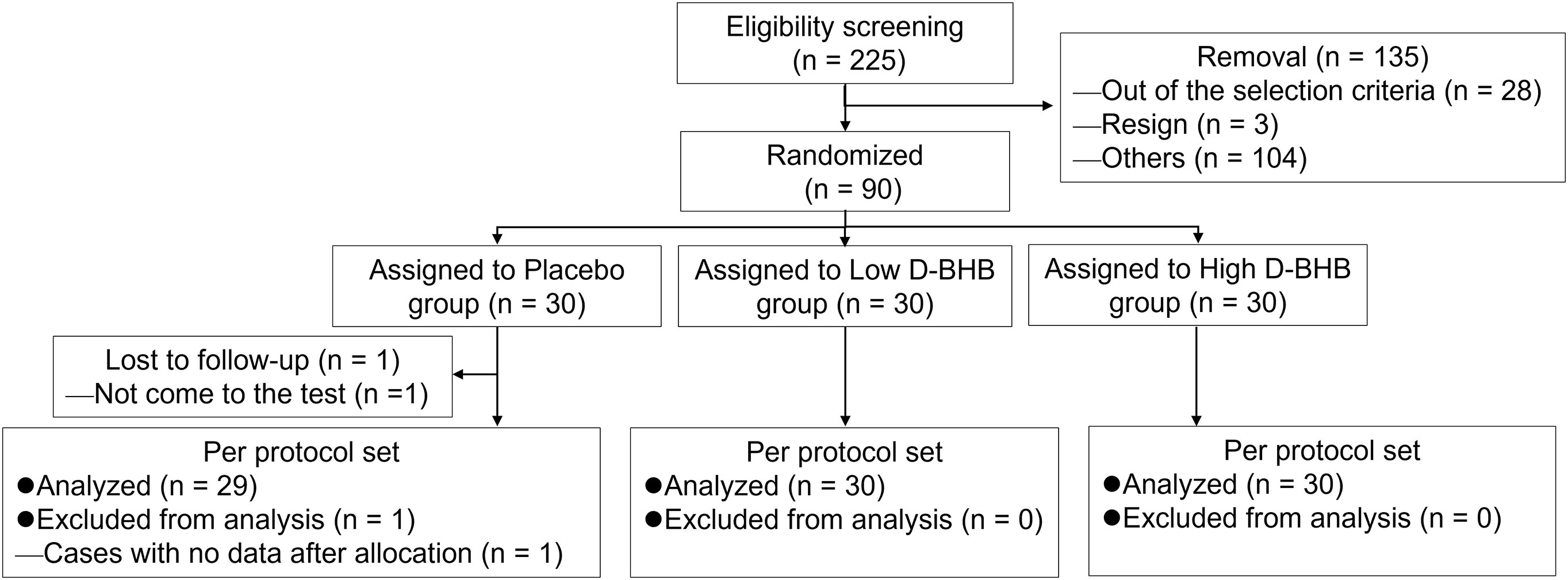
Rigorous participant screening resulted in 90 qualified subjects randomly assigned to three groups: placebo, low-dose D-BHB (1.5g), and high-dose D-BHB (2.9g). The detailed protocol ensured statistically valid results with minimal dropout rates.[4]
- Easier sleep initiation and maintenance - Participants in the low-dose group found it easier to fall asleep and stay asleep, with approximately 10% improvement over placebo.
- Increased dream frequency - Both dosage groups experienced 8-10% more dreaming, suggesting enhanced REM sleep crucial for cognitive function and emotional processing.
- Reduced morning grogginess - Both groups reported feeling less sleepy upon waking, with scores improving by 9-10% compared to placebo.
- Feeling more refreshed - The high-dose group reported an 8% improvement in feeling refreshed upon waking, indicating better sleep quality and recovery.
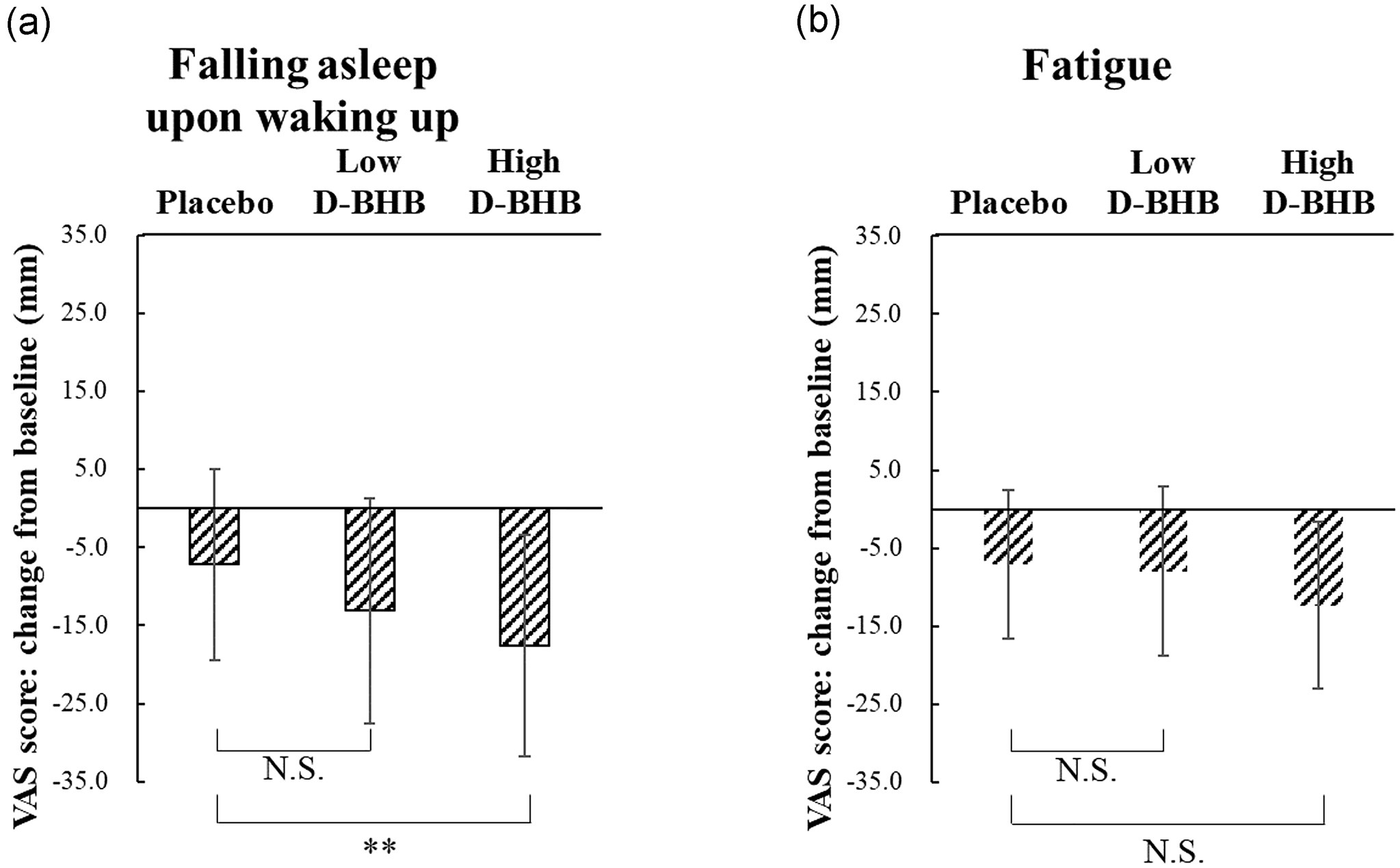
Visual analog scale measurements show high-dose D-BHB significantly reduced difficulty falling asleep after waking compared to placebo. This supports BHB's potential as a sleep quality enhancer that helps users feel more refreshed in the morning.[4]
This study was detailed in our article "Sleep Deeper with D-BHB: Research Confirms Ketone Supplement Improves Sleep Quality", but what makes these results so powerful is that these benefits occurred without changing overall sleep duration. BHB improved sleep quality rather than simply extending sleep time.
For beverage manufacturers, this creates a unique opportunity: a functional drink that can provide energy during the day while potentially improving sleep quality at night... something no caffeine-based or stimulant-based product could ever claim!
Case Study: Rev7's Success with BHB + Cognizin
One of the pioneering products in this space is Rev7, which combines free acid BHB with Cognizin® Citicoline in a refreshing carbonated beverage. This innovative formulation targets the cognitive performance market, yet keeps it stimulant-free.
The combination is scientifically sound: citicoline supports brain cell membrane formation and acetylcholine synthesis, while BHB provides the energy needed for optimal cognitive function. The result is a synergistic effect on mental performance without the downsides of caffeine.
Rev7's market positioning as a "brain beverage" rather than a traditional energy drink has allowed it to carve out a unique identity. Consumer feedback has been incredibly positive regarding the clean, focused energy without jitters or crash – precisely what BHB delivers.
The brand's recent shift toward all-natural ingredients will also enhance its appeal to health-conscious consumers seeking clean label products. This is a prime example showing how BHB can fit into the broader trend toward natural functional beverages, and there's room for more drinks like it.
XPO NRG: Lessons from an Industry Collaboration
While not purely stimulant-free, the limited-edition XPO NRG beverage showcased at SupplySide West 2024 offers important insights into BHB's future in the functional beverage space. This collaborative project between multiple ingredient suppliers (including PricePlow and Ketone Labs' goBHB) demonstrated the industry's growing interest in ketone-based energy solutions.
XPO NRG combined goBHB with enfinity® Paraxanthine (a caffeine metabolite), Cognizin® Citicoline, MitoPrime® L-Ergothioneine, and Zembrin® Kanna extract. The reception from industry professionals was overwhelmingly positive, with many noting the smooth energy profile compared to traditional stimulant-heavy formulations.
As stated in the press release: "XPO NRG is more than just an energy drink — it's a glimpse of what's possible when the best of the industry join forces." This collaborative approach highlights how ketones are increasingly seen as a next-generation ingredient for energy formulations.
For beverage manufacturers considering stimulant-free applications, XPO NRG proves that BHB performs well in carbonated formats and pairs excellently with other functional ingredients. It also shows that the industry infrastructure for ketone-based beverages is here.
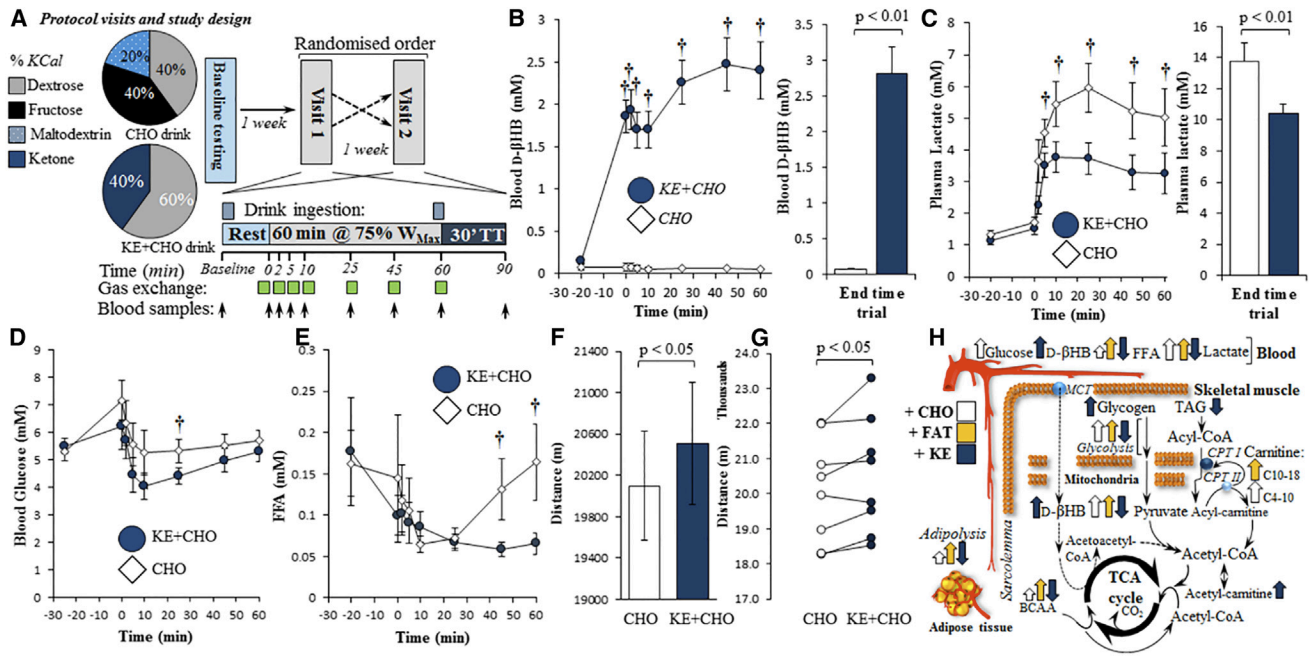
Athletes combining ketones with carbohydrates showed enhanced time trial performance following fatiguing exercise. This comprehensive diagram illustrates how the ketone+carb approach optimizes multiple metabolic pathways simultaneously for better overall athletic output.[2]
Product Development Considerations
Creating effective BHB-based beverages requires addressing several formulation challenges:
-
Taste Profile Optimization
Early ketone supplements were notorious for their unpleasant taste, but advances in ingredient technology have vastly improved the sensory experience. Free acid BHB typically offers better beverage taste and solubility than salt forms, though all forms benefit from:
- Strategic flavor masking with citrus or fruit profiles
- Balancing with moderate sweetness (natural sweeteners can work well here)
- Carbonation to enhance mouthfeel and sensory experience
-
Stability Considerations
BHB is generally stable in beverage applications, but manufacturers should consider:
- pH optimization (slightly acidic formulations tend to perform best)
- Compatibility with other functional ingredients
- Storage conditions and shelf-life testing
- Can lining interactions (standard beverage cans work well)
-
Dosage Strategy
The research suggests effective dosing ranges from 1.5g to 5g of D-BHB per serving, with different benefits at different levels:
- 1.5-2.9g: Improved sleep quality benefits
- 2-3g: Modest energy effects, appetite control
- 3-5g: More pronounced energy effects, cognitive benefits
- 5g+: Maximum energy effects, likely "ketosis" in blood testing
Most commercial applications target the 3-5g range for general consumers, while performance-focused products might push to 5g or more per serving.
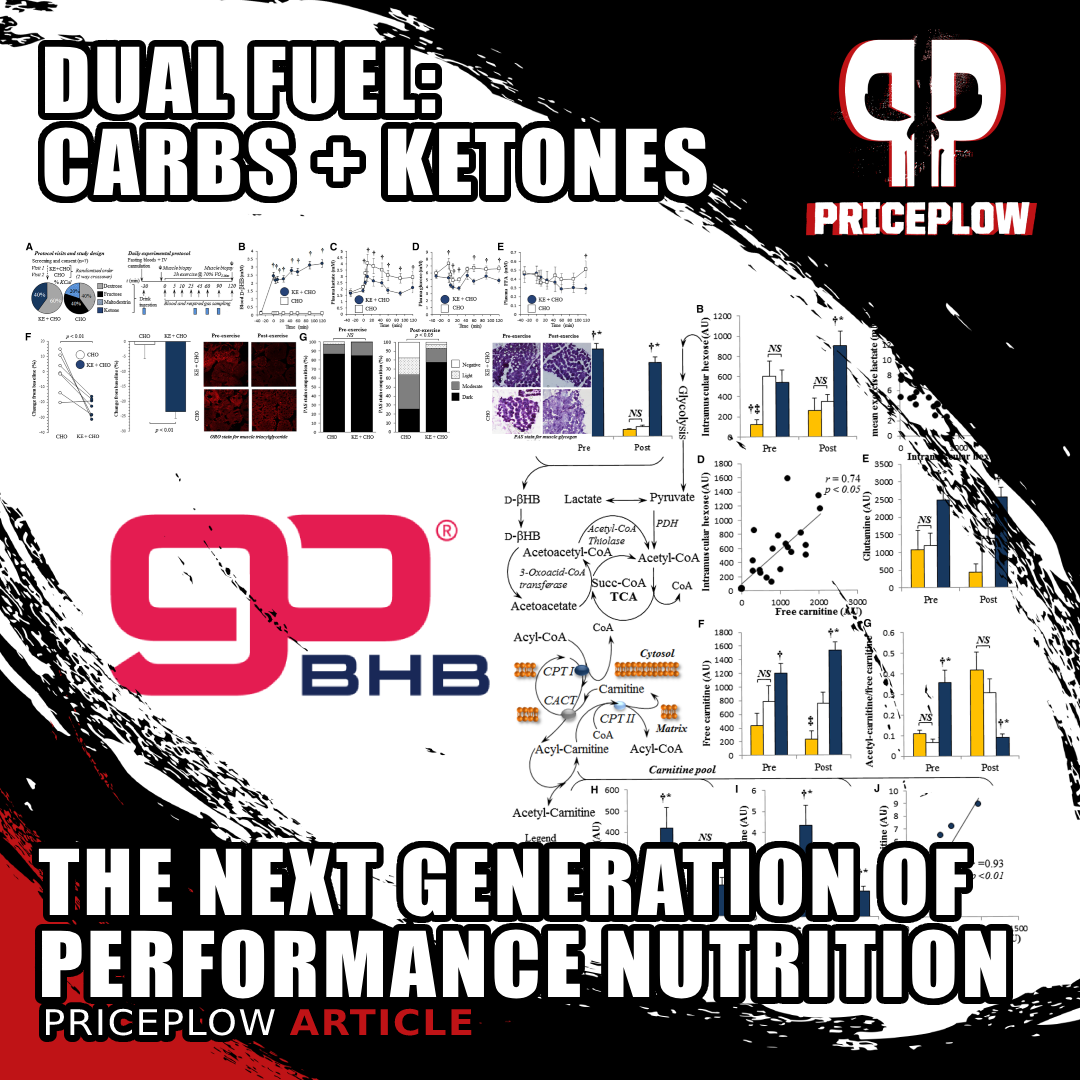
Fuel your workouts with the power of "dual fuel", combining goBHB ketones and carbs for optimal performance.
Marketing Opportunities
BHB-powered beverages can be positioned in several ways:
-
Target Demographics and Occasions
- Professionals seeking afternoon productivity without disrupting sleep
- Evening relaxation seekers wanting gentle energy with sleep benefits
- Athletes in recovery phases needing cellular nutrition without stimulation
- Stimulant-sensitive individuals who can't tolerate caffeine
- Health-conscious consumers seeking cleaner functional benefits
-
Positioning Strategies
The most effective messaging strategies focus on the unique benefits only BHB can deliver:
- "Energy without the crash" (highlighting the smooth energy curve)
- "Smart energy" (emphasizing cognitive benefits alongside energy)
- "24-hour energy solution" (promoting the dual energy/sleep benefits)
- "Cellular fuel" (educating consumers on true energy vs. stimulation)
-
Education Requirements
However, consumer education is critical for BHB-based products, as the concept of ketones as fuel (and not a thing for low-carb dieters) is still emerging in mainstream awareness. Successful strategies include:
- Clear, simple messaging about how BHB works
- QR codes linking to educational content
- Social proof from early adopters and influencers
- Healthcare professional endorsements
- Working with PricePlow to make educational content!
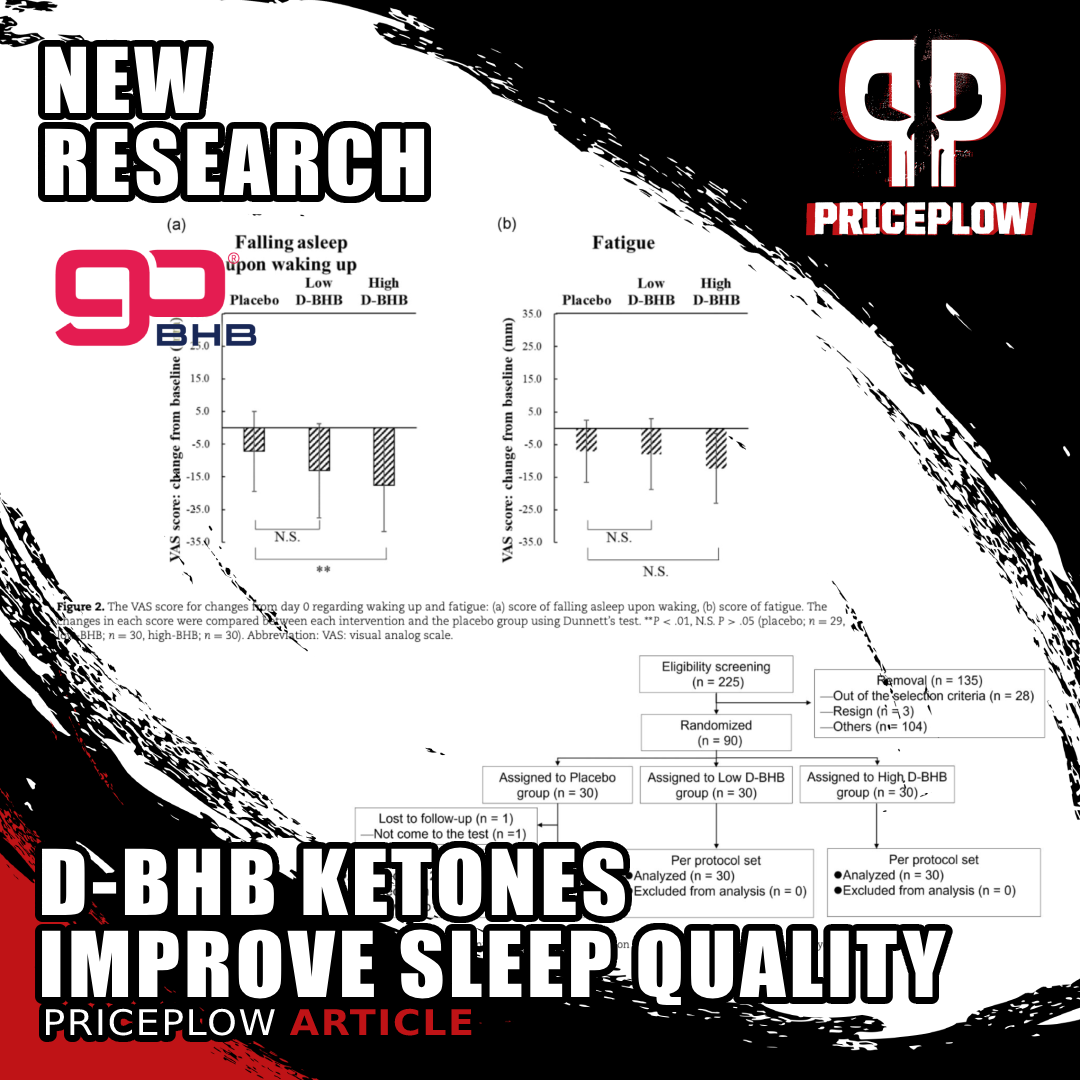
New research shows BHB ketones can significantly improve sleep quality! Study found 1.5-2.9g of D-BHB taken before bed enhanced multiple sleep parameters including easier falling asleep and feeling more refreshed upon waking.[5]
Conclusion: The Future of Clean Energy Beverages
The functional beverage landscape is evolving rapidly, with consumers seeking more sophisticated solutions beyond basic stimulation. BHB is the most promising ingredient to create truly effective stimulant-free energy drinks that deliver on their promises.
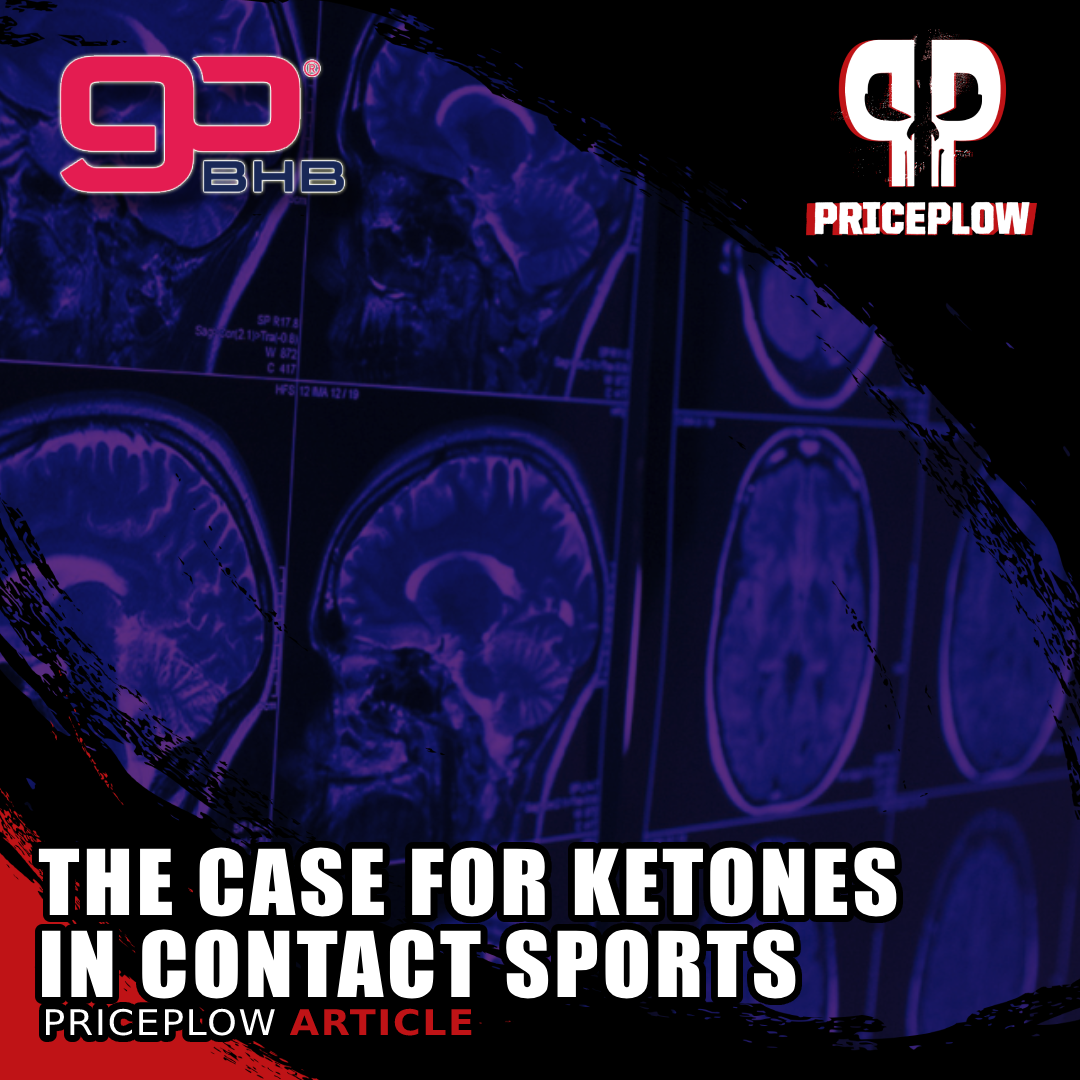
New research suggests ketones may provide crucial brain protection in contact sports. goBHB supplementation offers an alternative energy source when glucose metabolism is impaired after impact. Could this be the next frontier in athlete brain safety?
With research-backed benefits for energy, cognition, and even sleep quality, BHB offers brands and beverage manufacturers a great opportunity to develop products that work throughout the day... something caffeine can never achieve.
The success of pioneering products like Rev7 shows market readiness for ketone-based energy solutions. As consumer education expands, we expect to see significant growth in this category over the next few years. But who's going to take it primetime and to the promised land?
BHB isn't just another ingredient -- it's the foundation for an entirely new approach to functional energy that aligns perfectly with evolving consumer preferences.
You can learn more about incorporating BHB into your beverage formulations by reading the articles below and signing up for PricePlow's Ketone Labs and goBHB news alerts:
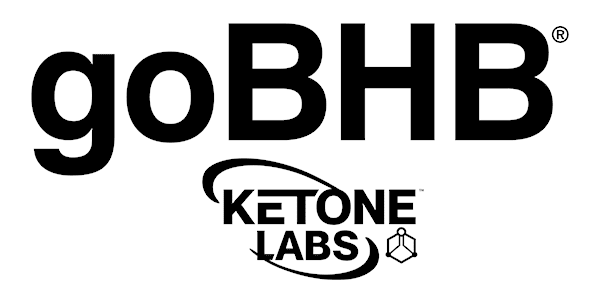
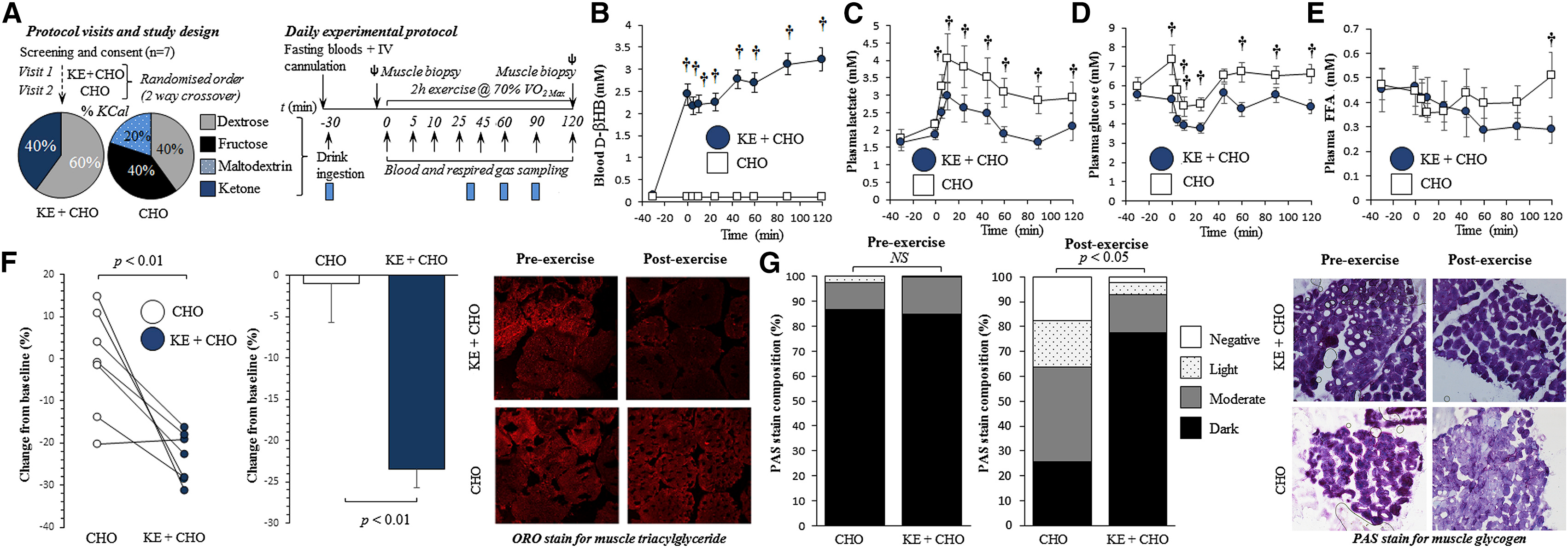
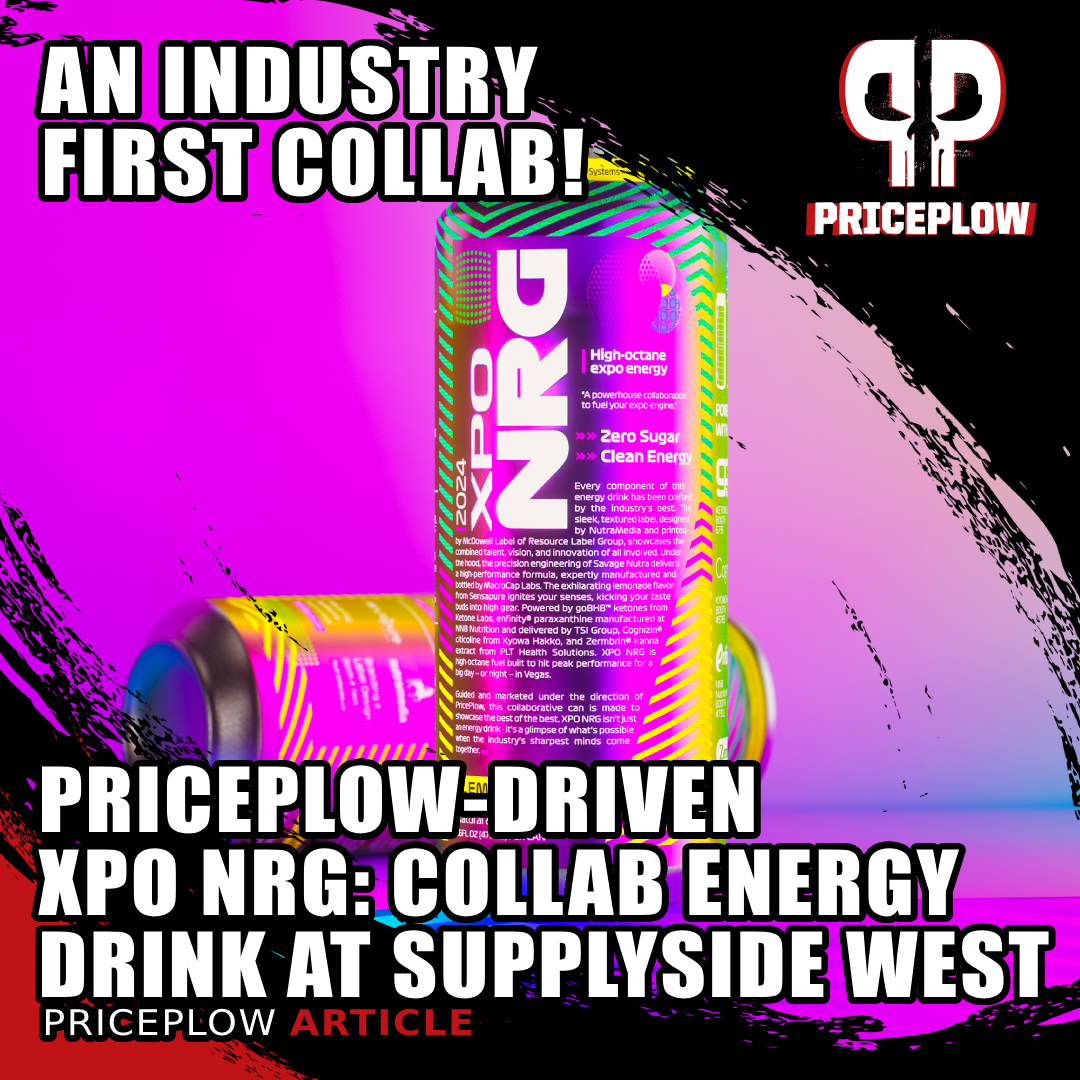

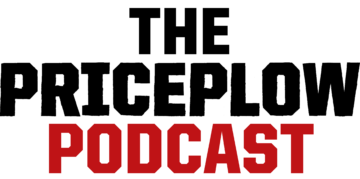
Comments and Discussion (Powered by the PricePlow Forum)